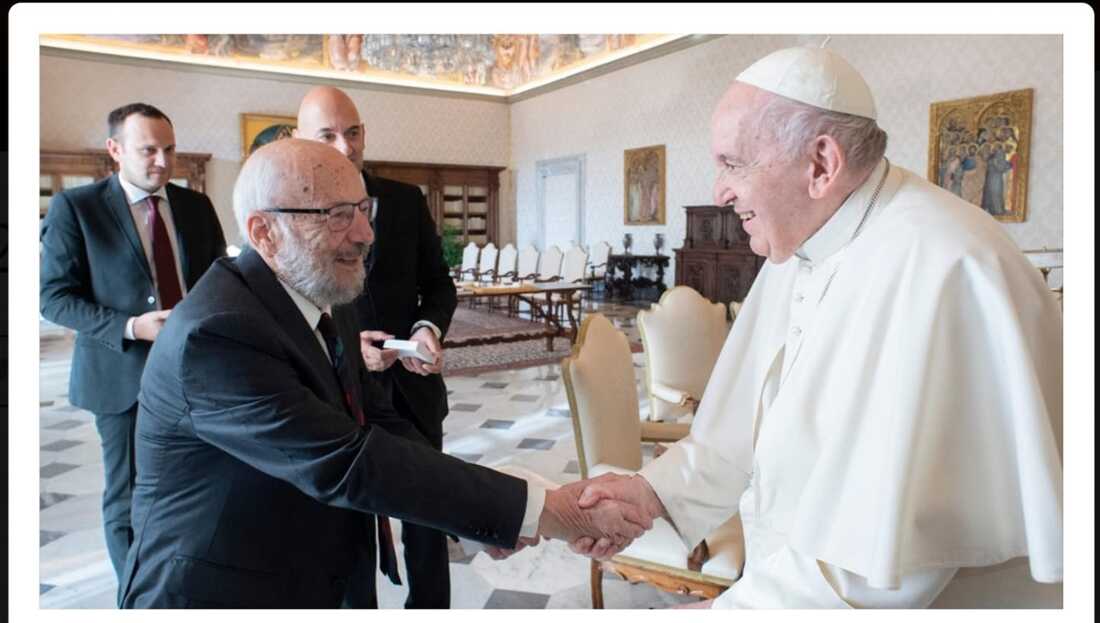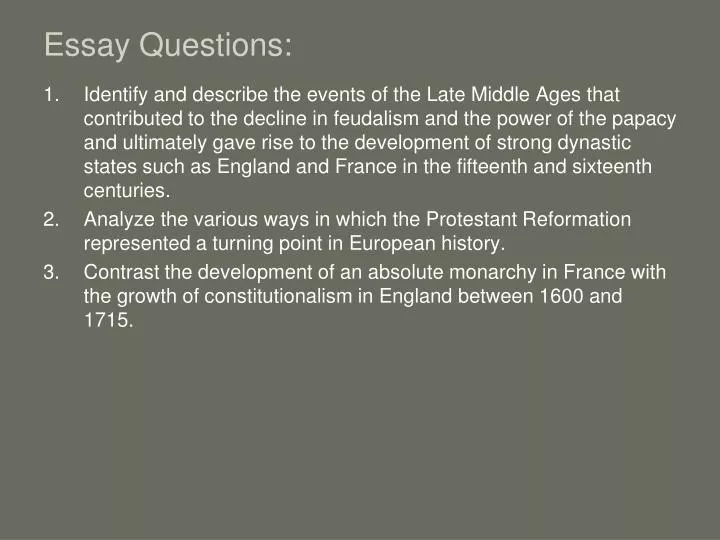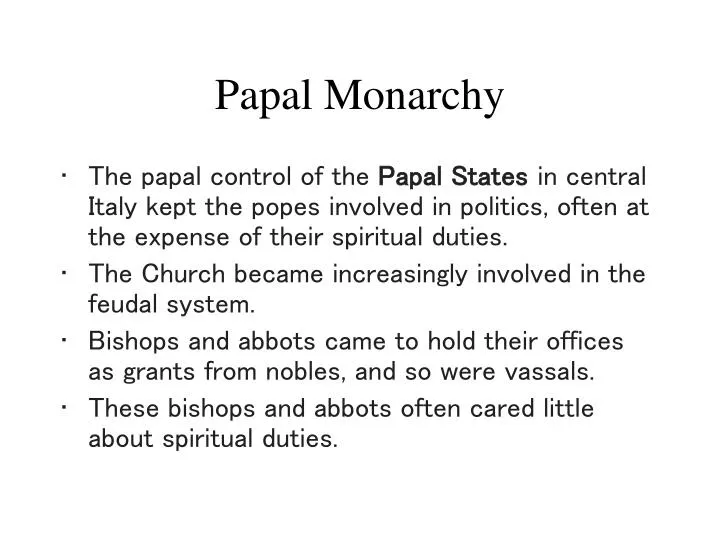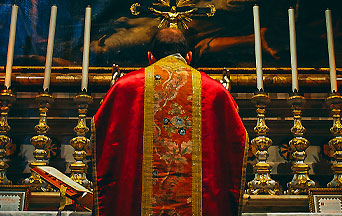Step 1 1 of 3 Absolute monarchy is a form of government in which the king has absolute and unlimited power. In other words, administration and decision-making are, by nature, highly centralized and in the hands of the king. The king has the right to rule the government and make laws as he pleases, as well as administer justice in the name of God.
The Faithful Are Fully Entitled to Defend Themselves Against Liturgical Aggression—Even When It Comes From the Pope – TFP
Dec 6, 2023Louis XIV. Charles XII. absolutism, the political doctrine and practice of unlimited centralized authority and absolute sovereignty, as vested especially in a monarch or dictator. The essence of an absolutist system is that the ruling power is not subject to regularized challenge or check by any other agency, be it judicial, legislative

Source Image: cemes-en.weebly.com
Download Image
Background: The Nobility under Louis XIV. Louis XIV believed in the divine right of kings, which assert that a monarch is above everyone except God and therefore not answerable to the will of his people, the aristocracy, or the Church. Louis continued his predecessors’ work of creating a centralized state governed from Paris, sought to

Source Image: study.com
Download Image
The Rise and Fall of the Absolute Monarchy – Creating French Culture | Exhibitions – Library of Congress Cardinal Richelieu’s policy involved two primary goals: centralization of power in France and opposition to the Habsburg dynasty. Richelieu’s decisions to suppress the influence of the feudal nobility and levy taxes targeted mostly at the commoners made him a hated figure among both the nobility and the peasantry.

Source Image: rorate-caeli.blogspot.com
Download Image
How Did The Rule Of Absolute Monarchs Affect Catholic Clergy
Cardinal Richelieu’s policy involved two primary goals: centralization of power in France and opposition to the Habsburg dynasty. Richelieu’s decisions to suppress the influence of the feudal nobility and levy taxes targeted mostly at the commoners made him a hated figure among both the nobility and the peasantry. During the brief rule of King James II, many in England feared the imposition of a Catholic absolute monarchy by the man who modeled his rule on that of his French Catholic cousin, Louis XIV. Opposition to James II, spearheaded by the English Whig party, overthrew the king in the Glorious Revolution of 1688-1689.
RORATE CÆLI
On 4 August 1789, when the remains of France’s feudal past were abolished in a night of sweeping reforms, the clergy agreed to give up the tithe and allow the state to take over its funding. The Declaration of the Rights of Man and Citizen, adopted on 26 August, made no recognition of the special position of the Catholic Church. PPT – Essay Questions: PowerPoint Presentation, free download – ID:5536168

Source Image: slideserve.com
Download Image
PPT – Papal Monarchy PowerPoint Presentation, free download – ID:53886 On 4 August 1789, when the remains of France’s feudal past were abolished in a night of sweeping reforms, the clergy agreed to give up the tithe and allow the state to take over its funding. The Declaration of the Rights of Man and Citizen, adopted on 26 August, made no recognition of the special position of the Catholic Church.

Source Image: slideserve.com
Download Image
The Faithful Are Fully Entitled to Defend Themselves Against Liturgical Aggression—Even When It Comes From the Pope – TFP Step 1 1 of 3 Absolute monarchy is a form of government in which the king has absolute and unlimited power. In other words, administration and decision-making are, by nature, highly centralized and in the hands of the king. The king has the right to rule the government and make laws as he pleases, as well as administer justice in the name of God.

Source Image: tfp.org
Download Image
The Rise and Fall of the Absolute Monarchy – Creating French Culture | Exhibitions – Library of Congress Background: The Nobility under Louis XIV. Louis XIV believed in the divine right of kings, which assert that a monarch is above everyone except God and therefore not answerable to the will of his people, the aristocracy, or the Church. Louis continued his predecessors’ work of creating a centralized state governed from Paris, sought to

Source Image: loc.gov
Download Image
Louis XIV’s Absolutism in France | Overview & Impact – Video & Lesson Transcript | Study.com It is an irony that the country that nurtured the philosophes was the least affected by the reforms they proposed, but it would have been a remarkable king who could have ruled with the courage and wisdom to enable his servants to overcome obstacles to government that were inherent in the system. History of Europe – Absolutism, Monarchies

Source Image: study.com
Download Image
The Protestant Reformation and Catholic Counter-Reformation | CK-12 Foundation Cardinal Richelieu’s policy involved two primary goals: centralization of power in France and opposition to the Habsburg dynasty. Richelieu’s decisions to suppress the influence of the feudal nobility and levy taxes targeted mostly at the commoners made him a hated figure among both the nobility and the peasantry.

Source Image: flexbooks.ck12.org
Download Image
The Age of Absolutism. – ppt download During the brief rule of King James II, many in England feared the imposition of a Catholic absolute monarchy by the man who modeled his rule on that of his French Catholic cousin, Louis XIV. Opposition to James II, spearheaded by the English Whig party, overthrew the king in the Glorious Revolution of 1688-1689.

Source Image: slideplayer.com
Download Image
PPT – Papal Monarchy PowerPoint Presentation, free download – ID:53886
The Age of Absolutism. – ppt download Dec 6, 2023Louis XIV. Charles XII. absolutism, the political doctrine and practice of unlimited centralized authority and absolute sovereignty, as vested especially in a monarch or dictator. The essence of an absolutist system is that the ruling power is not subject to regularized challenge or check by any other agency, be it judicial, legislative
The Rise and Fall of the Absolute Monarchy – Creating French Culture | Exhibitions – Library of Congress The Protestant Reformation and Catholic Counter-Reformation | CK-12 Foundation It is an irony that the country that nurtured the philosophes was the least affected by the reforms they proposed, but it would have been a remarkable king who could have ruled with the courage and wisdom to enable his servants to overcome obstacles to government that were inherent in the system. History of Europe – Absolutism, Monarchies